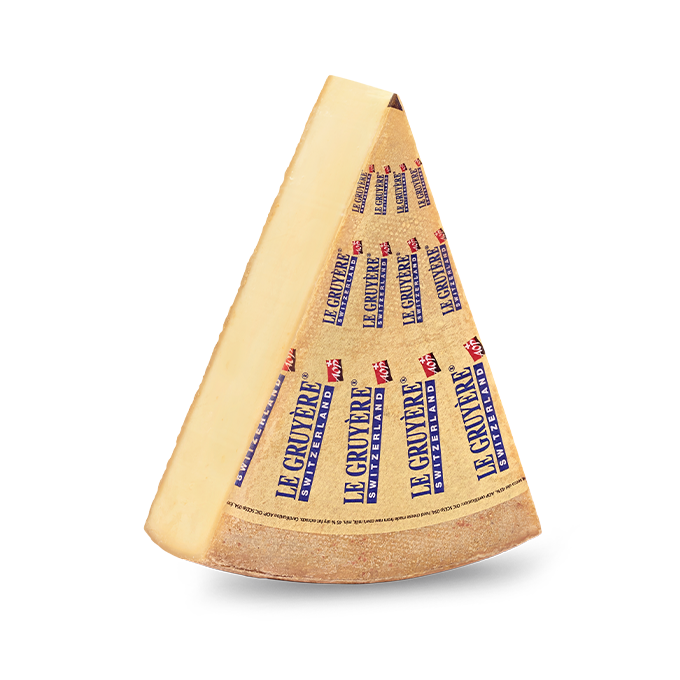Wähe most probably originates from Central Switzerland. The first written mentioning of the term “wäye” dates back to 1556, when the glossary of Zürich region described it as a bun or a cake.
Wähe is part of the Swiss poor man’s kitchen. The tart used to be made of leftover dough on bread baking days. Pieces of bread dough were rolled out into flat discs. The dough was pressed on the edges of the pan to prevent the filling from pouring out.
Originally, it was a dish consumed in the Catholic parts of Switzerland, particularly the east, during the fast. In the Protestant regions, a cheese tart was a festive dish. In Fribourg and Vaud, people usually had cheese tart on Fridays when meat was not allowed in the diet. Due to the said tradition, many bakeries are still selling cheese tart only on Fridays.
Cheese wähe is prepared of grated Le Gruyére AOP cheese, cream and eggs. Onions and bacon are also often used in the tart.
Ingredients
10 to 12 servings
- 300 g wheat flour
- 100 g butter
- 1/2 tsp salt
- 1 1/2 dl water
- Filling:
- 1 small onion
- 1 clove of garlic
- 1 tbsp butter
- 4 eggs
- 2 dl cream
- pinch of black pepper
- pinch of nutmeg
- 400 g Le Gruyére AOP cheese, grated
- 2 tsp corn starch
Preparation
-
Dice the fat into small cubes. Add the flour and the salt. Rub the ingredients with fingers into a crumbly mixture. Add the water and quickly mix into a dough. Do not knead. Wrap the dough in plastic and let it rest for an hour in the fridge.
-
Chop the onions and crush the garlic. Sauté the onions in butter on a pan.
-
Mix together the eggs, the cream, the spices and the corn starch. Add the grated cheese and slightly mix by carefully turning.
-
Press the dough on the bottom and edges of a springform pan (at a height of approx. 2/3). Spread the filling on the dough. Bake on the lowest level of the oven at 200 degrees for 45 to 60 minutes.
-
Serve the cheese tart with green salad seasoned with vinaigrette.

Appétit
